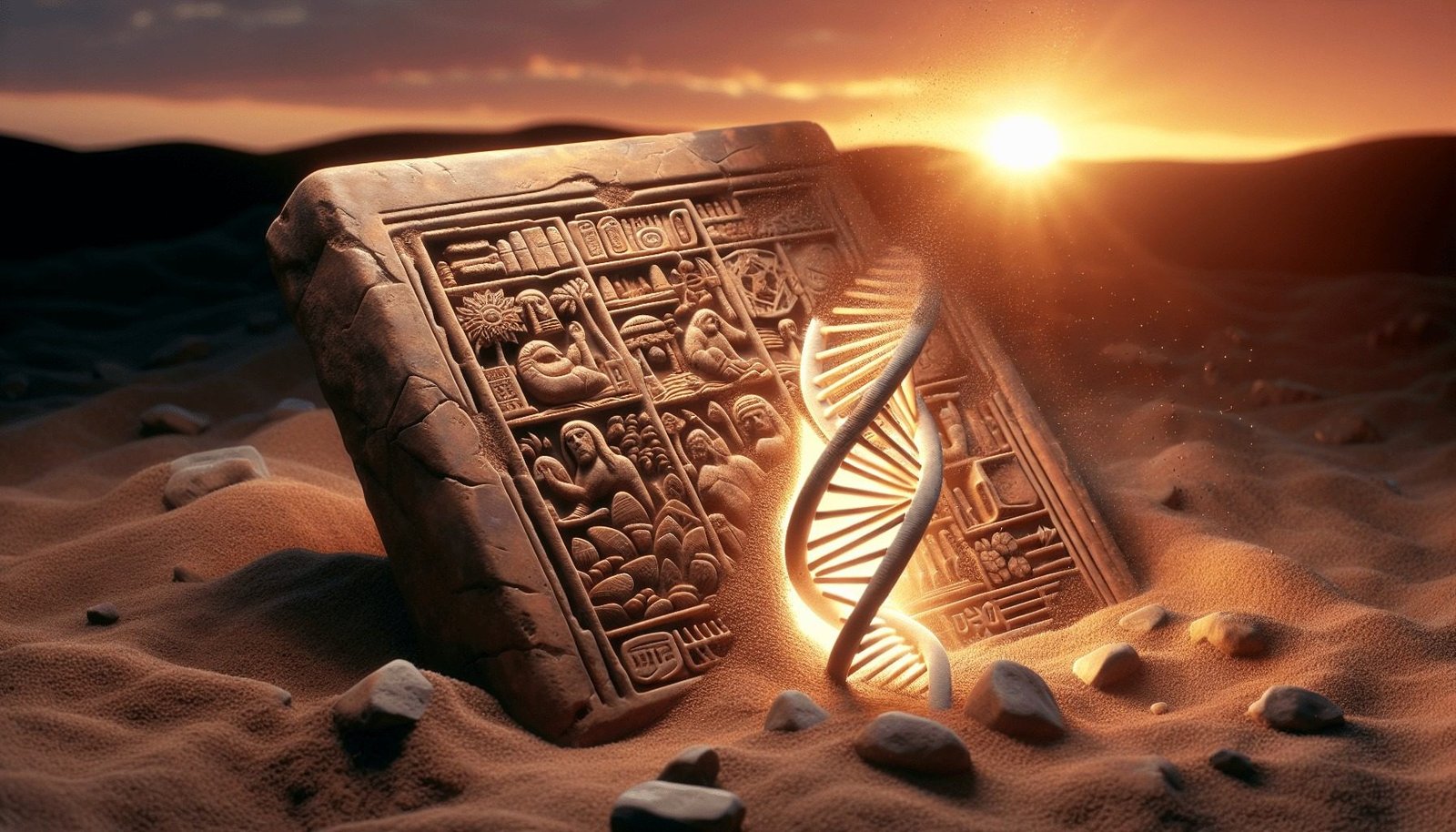Have you ever wondered about the connections between ancient DNA discoveries and biblical narratives? This compelling intersection of genetics and archaeology is revealing fascinating insights that deepen our understanding of historical contexts mentioned in sacred texts. By examining ancient DNA results through the lens of recent biblical discoveries, you discover a realm where science and faith converge, offering enriched insights into our shared past. Together, these fields provide a critical examination of our ancestry and support narratives that have been passed down through generations.
Ancient DNA Results: Unraveling the Past
Discovery Context
In the realm of biblical archaeology, discoveries are not just tangible artifacts unearthed from the earth; they tell stories that bridge time and challenge our understanding of history. An eloquent example is the discovery of DNA evidence from ancient remains, which corroborates narratives within the Bible. Take, for example, the land of Canaan, often mentioned in the Old Testament. Historically, this region is between the Mediterranean Sea and the Jordan River, encompassing parts of modern-day Israel, Palestine, Lebanon, and Syria.
The critical development in biblical archaeology arose when ancient DNA extracted from bones of Canaanite individuals offered new clarity about these historically significant people. Recent studies reveal that these DNA sequences show a mixture of local populations and incoming groups from northwest Mesopotamia, dating back approximately 3,700 years. This genetic analysis brings new life to biblical references, demonstrating that the Canaanites were a genetically diverse group—a reflection of both historical records and biblical texts.
Archaeological Evidence
Archaeological inquiry often steps into the profound depths of our past, and the extraction and interpretation of ancient DNA play a quintessential role. An essential discovery in this domain includes the unearthing of specific artifacts in locations like Tel Lachish in modern-day Israel. The artifacts here, consisting of pottery and tools, provide physical evidence of the Canaanite civilization. Coupled with the DNA results that were carbon-dated for accuracy, these discoveries paint a descriptive picture of ancient lifestyles and societal structures.
The methodology employed to extract and date these DNA samples is highly sophisticated. Researchers use radiocarbon dating and stratigraphic layers to complement genetic findings with tangible artifacts. Expert interpretations have been paramount in aligning these findings with biblical narratives, providing a more nuanced view of ancient societies. Scholars like Dr. Liran Carmel from the Hebrew University of Jerusalem have played an integral role, interpreting these results as monumental achievements in biblical archaeology.
Significance
The implications of these findings reach far beyond the pages of text and into the realm of historical and cultural understanding. The biblical implications are particularly intriguing, suggesting that these ancient DNA results support the depictions of the Canaanite people found in biblical texts. Understanding this connection offers insight into the historical realities of these populations and contributes to a more holistic view of the biblical narrative.
Historically, these discoveries bridge the past with the present, influencing contemporary interpretations of biblical texts and enhancing our comprehension of ancient societal structures. Scientifically, they push the boundaries of what is known, constantly challenging researchers to unearth deeper truths about our ancestors. The present research status leans toward expanding genetic analysis to include more regions mentioned in biblical texts, seeking to uncover further connections and diversities.
Conclusion: Bridging Science and Scripture
In summary, the interplay between ancient DNA results and biblical discoveries provides substantial evidence of the historical and cultural narratives represented in sacred texts. The excavations in Canaan and the subsequent DNA analysis illuminate our understanding of humanity’s chronological tapestry.
Looking to the future, this field promises profound implications for how history and religious texts are interpreted. Continual advancements in DNA sequencing and archaeological methodologies will likely expand the scope of these findings, offering more extensive connections and insights.
For those intrigued by how science merges with ancient texts, diving deeper into biblical archaeology may illuminate the powerful synergy between faith and fact that defines our past and shapes our future interpretations. Consider exploring reputable archaeological journals and university-led excavations for comprehensive insights into ongoing discoveries and studies in this evolving field.





